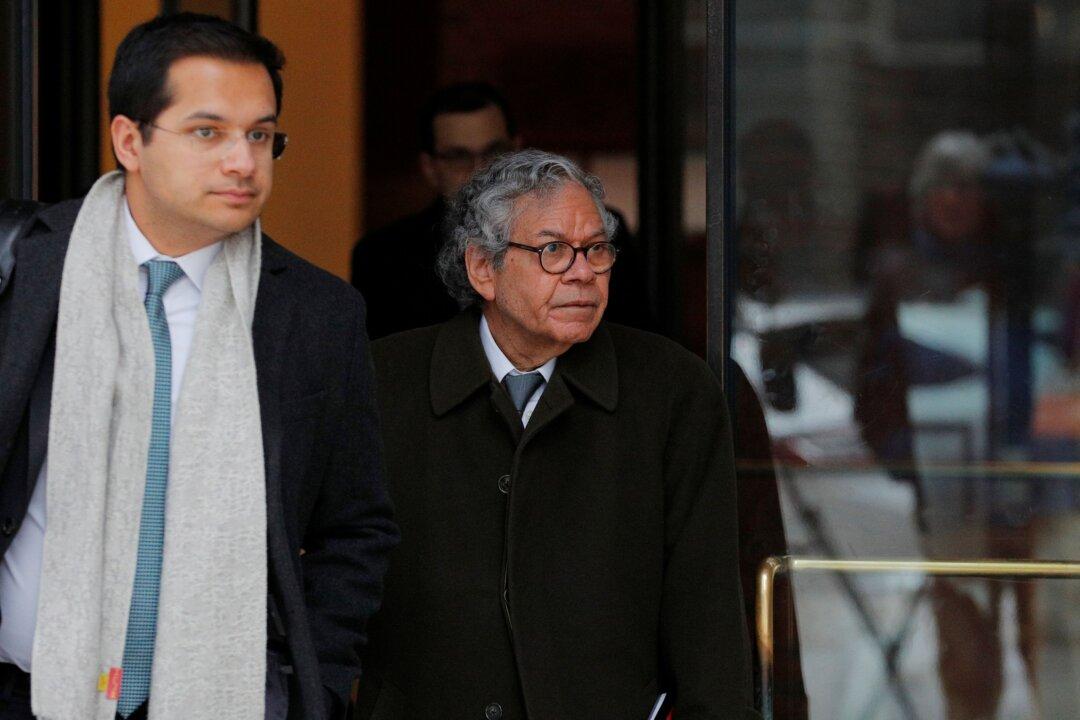WASHINGTON—An opioid manufacturer has agreed to pay $225 million to resolve federal investigations into allegations that it paid kickbacks and used other illegal marketing tactics to sell a powerful fentanyl spray, authorities said Wednesday, June 11.
The settlement stems from criminal and civil probes into Insys Therapeutics Inc.’s scheme to pay doctors in exchange for prescriptions of the drug meant for cancer patients with severe pain.



